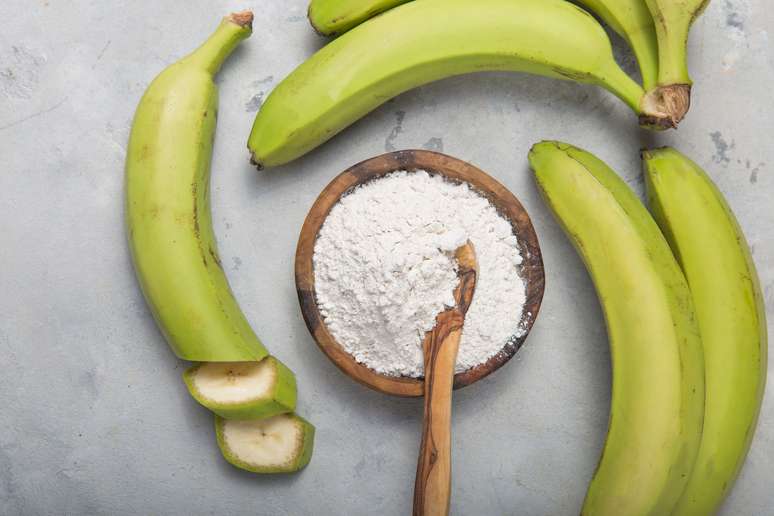It serves, among other benefits, as food for the beneficial bacteria of the colon.
Resistant starch is a type of carbohydrate that passes through the digestive system undigested in the small intestine, reaching the large intestine virtually intact. There it serves as food for beneficial bacteria in the colon, promoting intestinal health.
The main difference between resistant starch and common starch is its ability to be digested and absorbed by the body. While normal starch is broken down into glucose and absorbed quickly, resistant starch is not fully digested and can have beneficial effects on your health.
Benefits for the metabolism
Nutritionist Juliane Casas, nutrition course coordinator at Faculdade Anhanguera, explains the health benefits of resistant starch:
– helps promote satiety
– reduces blood glucose spikes and improves insulin sensitivity, which can indirectly contribute to weight control.
– helps with intestinal health
– helps reduce cholesterol
There are no specific contraindications for consuming resistant starch, but since each person is unique, it is important to observe the body’s response when introducing foods rich in this type of starch into the diet.
Where to find resistant starch?
Some good food sources of resistant starch are legumes (beans, lentils, chickpeas), green bananas, oats, sweet potatoes, brown rice, wholemeal pasta and bread, among others,” explains the professional.
A recent study, published in the journal Nature’s metabolismhave shown that diets rich in resistant starch can lead to reduced body fat and improved metabolic health.
In the work, the researchers modified the gut microbiota of a group of people, increasing dietary fiber to study how it could help control insulin resistance while reducing weight.
The participants, who were not using probiotics, antibiotics or other treatments that affected glucose metabolism, were divided into a group that received resistant starch and a control group that received amylopeptin.
The results indicated that adding resistant starch to the diet resulted in an average weight reduction of approximately 2.8 pounds and improved insulin sensitivity among overweight individuals.
The researchers noted that the positive health effects of resistant starch were primarily due to changes in the composition of the gut microbiota. In particular, the presence of bacteria Bifidobacterium adolescentis was significantly related to resistant starch intake.
Is it possible to increase the contents?
Some strategies have been published for increasing the resistant starch content in foods, such as the advice to cook rice with coconut oil and then store it in the refrigerator. This process, known as starch retrogradation, occurs when starch in foods is cooled after cooking, causing some of it to become resistant to digestion. “This can increase the resistant starch content in foods, leading to potential health benefits,” says Casas.
Source: Terra
Ben Stock is a lifestyle journalist and author at Gossipify. He writes about topics such as health, wellness, travel, food and home decor. He provides practical advice and inspiration to improve well-being, keeps readers up to date with latest lifestyle news and trends, known for his engaging writing style, in-depth analysis and unique perspectives.








